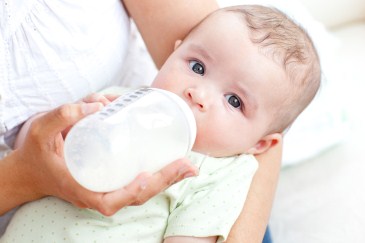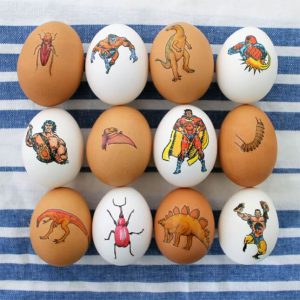
Getting started
What kind of bottles should I use? Let’s talk equipment. You’ll find hundreds of baby bottles to choose from, so which kind is best for your baby? For a newborn, you’ll need at least six 4-ounce bottles, and as your baby grows, you’ll need to switch to 8-ounce bottles.
Most baby bottles are made of plastic or glass. Plastic bottles are lightweight and dishwasher-safe. If you’re concerned about bisphenol A (BPA) in your baby bottles, note that the U.S. Food and Drug Administration (FDA) completely banned BPA from all baby bottles and sippy cups in 2012, so new bottles should not contain the controversial chemical. Still, be sure not to use plastic bottles marked with a 7 or “PC.” Plastic bottles should be replaced regularly because scratches can harbor bacteria. The Environmental Working Group (EWG) advises against using soft plastic liners in your bottles, as they may leach chemicals into formula and breast milk, especially when heated.
Glass bottles are coming back into fashion, largely due to parents’ concerns about the potential effects of chemicals in plastics beyond BPA. Glass baby bottles are heavier and more breakable than plastic but don’t need replacing as long as they are not broken or chipped. Some glass baby bottle manufacturers are coming out with silicon sleeves that make them more resistant to dropping and breaking. In addition to being dishwasher-safe, most glass bottles are also freezer-safe, making them a good choice for women who are pumping and storing breast milk. Just check to see if your bottles are compatible to connect with your breast pump, or use stick-shaped freezer trays to store your breast milk in a form that easily drops into a bottle.
Most bottle nipples are made of latex or silicon. Latex nipples are golden brown and softer and more flexible. Silicon nipples are clear and more firm and durable, lasting up to four times longer than latex ones. Silicon nipples are heat-resistant and dishwasher safe. The EWG recommends using clear silicon nipples rather than latex rubber ones because latex may cause allergies and contain impurities linked to cancer.
The American Academy of Pediatrics (AAP) says that while many bottle manufacturers claim their products prevent colic, reduce gas, or replicate the human breast, there’s no scientific proof. So go with your gut (and your baby’s) to see what kind of bottle and nipple works for you.





